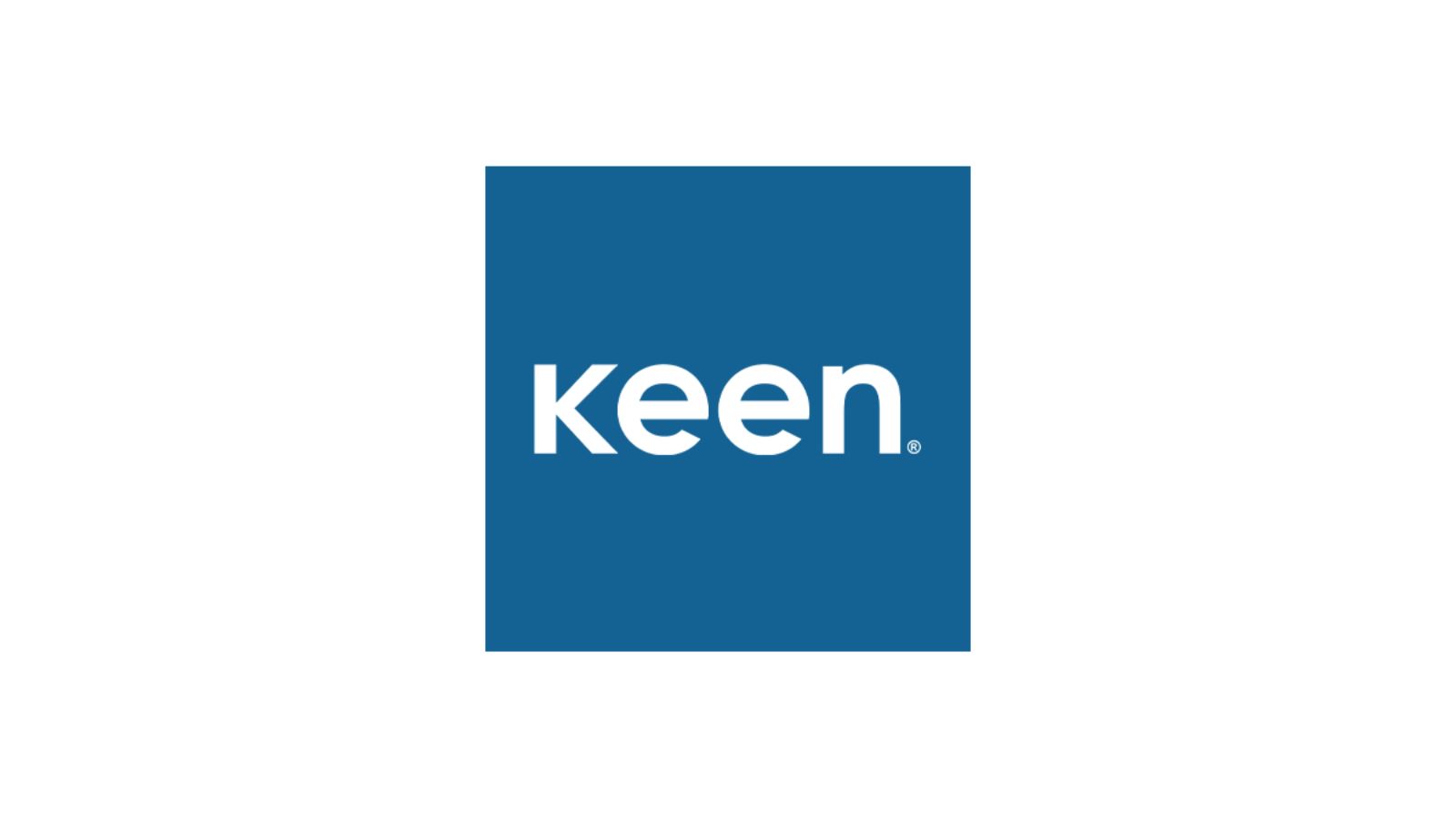Introduction
In today’s fast-changing digital world, the old-fashioned way of marketing is no longer effective. To stay current, marketers need to adopt Agile Marketing, which focuses on being flexible, working together, and constantly improving. Taking inspiration from Agile software development, this approach enables teams to quickly adjust strategies, refine methods, and create personalized campaigns that connect with audiences instantly. It emphasizes working together as a team and aiming to make customers happy. With marketing channels becoming less defined, being able to come up with new ideas and adjust quickly is key to achieving better outcomes for a brand. Marketers can achieve new opportunities, increase productivity, and stay ahead in the fast-changing market by clarifying how Agile Marketing works.
What is Agile Marketing?
Agile marketing is a flexible marketing approach that takes ideas from agile software development techniques. Its main focus is on being able to change and respond quickly when faced with uncertainty and fast change. Unlike old-fashioned marketing strategies that depend on strict long-term plans, agile marketing believes in learning as you go. It suggests breaking big projects into smaller, easier tasks called “sprints,” which usually last between one to four weeks. During these sprints, marketing teams concentrate on completing important tasks, testing ideas, and collecting information that will guide future actions. In general, agile marketing helps companies to be flexible and competitive in the fast-changing digital world we live in. By being open to change, working together, and focusing on insights from data, marketers can confidently deal with uncertainties and achieve significant outcomes for their brands.

Key Pillars of Agile Marketing
Instead of working separately, agile marketing emphasizes working closely together in various areas like content, digital, social media, analytics, etc. Team members with different skills work together on a project, sharing insights and ideas. This promotes sharing knowledge, coming up with new ideas, taking ownership of results together, and creating a consistent brand experience. It also minimizes unnecessary handovers and disagreements.
Adaptative Planning
Instead of strictly following a set yearly or quarterly marketing strategy, agile planning is a continuous and adaptable process. Teams make a prioritized list of actions but can make changes quickly. The plan is constantly updated and adjusted based on changes in customer needs, market trends, results data, and priorities during collaborative replanning sessions. This ongoing planning process helps ensure that teams do not waste time on initiatives that are no longer beneficial to the customer.

Continuous Improvement
Agile teams constantly work on making small improvements through short, iterative cycles called “sprints.” They hold retrospectives after each sprint to review what went well, what didn’t, and to find new opportunities for improvement. The regular feedback, learning, and adjustment process in agile methodology enables quick changes instead of long, drawn-out cycles of launching and moving on. Making ongoing progress is a key aspect of the agile mindset.
Customer Centric
In agile marketing, the primary focus is on understanding and satisfying the needs of the customer. Customer insights, behaviors, feedback, and data drive the creation of ideas, prioritization, and key performance indicators, rather than relying on assumptions. The emphasis on providing a great customer experience promotes trying out new marketing strategies, creating quick prototypes, and testing ideas before committing too many resources. The main goal is to solve actual customer issues through a process of trial and error.
Fast Delivery
Agile teams don’t wait for big, complex campaigns. They deliver value quickly and regularly in small, incremental releases. These smaller iterations provide immediate value. This allows for quicker achievement of outcomes, reduces risk, and enables continuous improvement, testing, and adjustments based on feedback from the market.
Prioritizing speed and efficiency.
Being able to see what everyone is working on, their priorities, progress, and obstacles is made possible by using collaborative tools such as sprint boards, daily standups, and demos. This helps the team and people involved have a clear view of what is going on at all times. Open communication, sharing knowledge, and understanding the reasons behind the team’s work bring different groups together and help everyone stay focused on achieving common goals. Marketing organizations can become more flexible, creative, and aligned with shifting customer needs by fully embracing and embodying these fundamental principles.

Agile Marketing Framework
Below are a few important agile marketing frameworks that teams can choose to implement:
Scrum
It is a popular agile methodology that offers a structured framework for gradually delivering campaigns and marketing projects.
· Sprints are short, time-limited periods (usually 1-4 weeks) where work is finished and could be shipped
· Daily Standups are quick meetings where team members update each other on their progress, any obstacles they’re facing, and plans for the day
· Sprint Planning is a meeting where the team comes together to set the goal for the sprint and decide on the tasks to be completed
· Sprint Review/Retrospective are meetings held after each sprint to showcase the completed work, receive feedback, and discuss ways to improve.
· Product Owner, Scrum Master, and backlog grooming meetings in Scrum help marketing teams keep a focused, iterative approach that puts the customer at the center.

Kanban
It is a method that helps to visually display and improve workflow. It involves using boards to show the different steps in a process, with tasks moving through columns like Requested, In Progress, and Done to make progress easily trackable.
· Kanban for marketing helps by allowing you to see all the work being done across different areas like content creation, email campaigns, and social media. It also helps limit the amount of work being done at one time to improve productivity and workflow.
· You can identify problem areas in the process by measuring how long it takes to complete tasks. With Kanban, you can continuously deliver work without having strict deadlines for completion.
Scrumban
Scrumban is a method that mixes Scrum and Kanban. It combines the structural parts of Scrum, such as sprints, roles, and meetings, with Kanban’s visual work management system and limits on work in progress. This well-rounded approach allows for both making changes and continuous progress at the same time.
Custom frameworks
are often created by agile teams who prefer to modify elements to suit their specific process rather than strictly following one pre-defined method.
This customization may include:
– Make larger projects into 6-week cycles for better organization and efficiency.
– Use short 2-week cycles to focus on growth and improving work.
– Prioritize and set goals based on OKRs (Objectives and Key Results) to drive progress.
The important thing is to have a customer-focused way of thinking that involves continually trying new things, learning from data, and working together across different teams. Using the right agile marketing strategy allows marketing teams to quickly adapt, speed up their processes, minimize inefficiencies, and provide more personalized experiences for customers.
7 Steps to Optimize Agile Marketing Adoption in Your Team
Here are some useful suggestions to help your team effectively implement agile marketing.
Step 1. Start with an agile mindset shift
Begin by changing your mindset to be more agile. Simply following processes is not enough when adopting agile methodology; there needs to be a shift in how people think. Explain to your team the importance of being flexible, working together, putting the customer first, and always looking for ways to improve.
Step 2. Gain approval and support from leadership
It is important to have the support of executives when implementing agile practices. Leaders should empower individuals to make decisions, allow room for trying new ideas, and encourage teamwork involving different departments within the company. Find someone passionate about agile methods. This person will guide the team in the right direction.

Step 3 Implement the right framework
Choose the appropriate framework for your team, such as Scrum, Kanban, or a customized model, that aligns with their needs and work style. Avoid implementing processes without consideration.
Step4. Offer training in agile methodologies
Make sure your team receives adequate training and acquires the necessary skills for their specific roles and activities within the selected agile framework before implementing it. 6. Begin with a small project and gradually grow. Instead of attempting to implement agile strategies in all marketing areas at once, focus on one pilot project or marketing channel to start with, then expand to other areas.
Step 5. Use agile software tools
Visual project management and collaboration tools such as Jira, Trello, and Asana are important for transparency and efficiently carrying out processes like sprints and Kanban boards. Create teams with a mix of experts from various marketing backgrounds to share insights, come up with ideas, and work together on campaigns and results.
Step 6. Establish a secure atmosphere for testing.
Encourage an environment where trying out new ideas, taking risks, and learning from mistakes is not just allowed but supported to constantly enhance. Set specific goals and metrics to track progress.
Step7. Measure and optimize
Use regular reviews to continuously find and put into action improvements for processes, communication, and teamwork. Marketing teams can achieve greater speed, flexibility, and customer focus by having the right mindset, and implementation strategy, and consistently reinforcing agile values.
The Last Thought:
In today’s fast-moving digital world, being able to quickly adapt and provide great customer experiences is crucial for marketing success. By adopting agile marketing principles, teams can get rid of rigid and inefficient processes and open up new possibilities. Agile allows marketers to easily change strategies, test and improve campaigns quickly, and stay focused on changing customer needs. While this transformation requires a change in mindset and a commitment to new ways of working, the benefits are worth it. Companies that successfully use agile marketing will have a competitive edge with faster time-to-market, greater efficiency, and the ability to consistently impress customers with personalized marketing. The future belongs to agile marketing – it’s time for marketers to embrace this powerful approach that is transforming the entire marketing field.








Leave a Reply